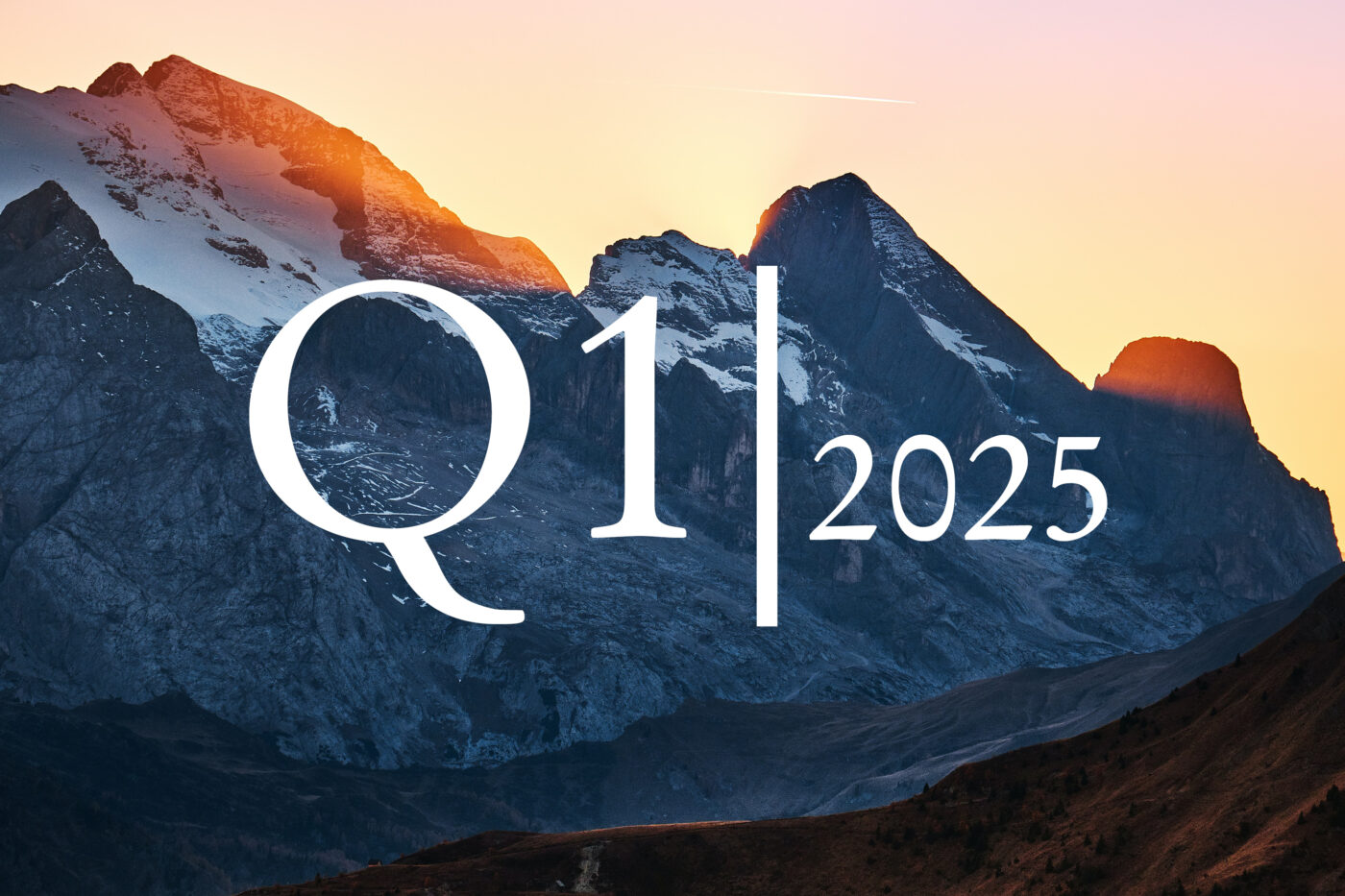In a nutshell
The global economy is holding up better than feared.
US: mild recession in summer, recovery in 2024.
Europe: Putin shock subsides; upswing in sight.
Europe: Putin shock subsides; upswing in sight.
Central banks continue to put the brakes on – but the end of the rate hike cycle is in sight.
The economy remains more robust than expected
The global economy seems to have started 2023 better than expected. In the US, consumers are drawing on the extra savings they built up during the pandemic. In this way they are cushioning the shock of high inflation, which is reducing the purchasing power of their incomes. In Europe, the gas storage tanks are still so well filled shortly before the end of the heating season that gas prices have dropped considerably, and the risk of a gas shortage is hardly a factor. China has achieved herd immunity, but the hard way. The country is opening up again. This will give the Chinese economy a noticeable boost in the short term, which will also spill over somewhat to China’s trading partners. However, almost all major central banks tightened their interest rate policies once again at the beginning of 2023 and - at least in the US and the eurozone - have held out the prospect of further steps in the coming months. As the radical turnaround in monetary policy is only likely to unfold its full effect in the course of the year, the outlook for the global economy remains subdued for the time being.
Additional savings of consumers
Gross household savings in excess of that implied by average savings rates 2015-19, as a percentage of consumption in 2022.
Europe: The outlook continues to brighten
The high prices for energy and food hit the European economy hard in autumn and winter. After consumers had treated themselves to a good holiday season in the summer after two years of COVID-19, the region hardly grew at all in the fourth quarter. Stagnation is also on the horizon for the first quarter of 2023. In view of the high energy costs, consumers are limiting their spending on other goods. Private investment is also declining, especially in residential construction. However, in view of the continued high demand for labour, unemployment will rise only slightly. The high additional savings of consumers, the robust labour market and government aid are preventing a recession, even if economic performance in countries particularly affected by the reduction in Russian gas supplies, such as Germany and Italy, probably declined slightly in the winter half-year.
New upswing in summer 2023
Once the winter is over and the gas market continues to ease after the end of the heating period, the euro economy may pick up again after the winter stagnation in the summer of 2023. From then on, the rise in incomes could also be above the inflation rate again, so that consumers will have a little more money in their pockets in real terms. Europe is lucky when it comes to its export economy. This summer, the US recession, which is expected to be quite mild, will put the brakes on exports. But the simultaneous growth spurt in China can compensate for this. With well-filled storage facilities and lower consumption, there is probably no threat of a gas shortage or another explosion in energy costs in the coming winter. The eurozone will then be able to return to the dynamics of the pre-war period. After a modest increase in economic output of 0.7% in 2023, we expect growth of 1.6% in 2024, which would be slightly above the long-term trend of around 1.3%. For the UK, we expect a similar development as for the euro area, but with two differences. As a result of tighter fiscal policy and higher interest rates, the UK is likely to go through a mild recession until spring 2023. Since the government has finally settled the Brexit dispute with the EU and thus removed a major obstacle to investment, the British economy can then recover relatively quickly in 2024.
The big inflation hump
Increase in consumer prices compared with the same period of the previous year in per cent.
Home-made problems in the USA
Unlike Europe, the US is suffering above all from home-made inflation. With its late but more forceful turnaround on interest rates, the Fed is likely to dampen demand to such an extent that the US economy could fall into a mild recession by mid-2023 – with declining consumption and less investment, especially in residential construction. For the election year 2024, there are then signs of a renewed upswing, supported by a noticeable increase in real disposable income and a then less tight interest rate policy. China’s brief spurt in 2023, however, is likely to end in early 2024 with a reversion to the low trend growth of around 4%.
Highest inflation in 40 years
On both sides of the Atlantic, price pressures appear to have peaked. While wage increases will remain high for the time being, somewhat lower petrol prices will ease the burden on consumers. As the labour market in the US is also gradually losing momentum, wage pressures
there could also ease slowly. By contrast, wages in the eurozone are likely to rise by 5% in 2023 before wage pressures fall back to around 4% in 2024 as inflation declines.
Although inflationary pressures are currently slow to subside in the US and Europe at the beginning of 2023, annual rates of inflation will soon fall noticeably on both sides of the Atlantic. In Europe, the rise in energy prices in 2022 will gradually fall out of the year-on-year comparison from March onwards. At the same time, the previous supply chain problems are easing. Transport costs have also fallen. This helps both to dampen inflation and to strengthen the upward forces of the economy again.
Central banks change course - interest rate summit in sight
To prevent high inflation from becoming entrenched, the Fed and the ECB are putting the brakes on interest rates. In the US, the Fed is likely to raise the key interest rate several more times until May. As soon as the Fed sees sufficient signs that the phase of economic weakness has sufficiently dampened inflationary pressures, it will then lower rates again somewhat, probably starting at the end of 2023. The ECB could raise its deposit rate to 3.5% by June 2023, followed by a long pause.
Growth and inflation forecasts
Autor




